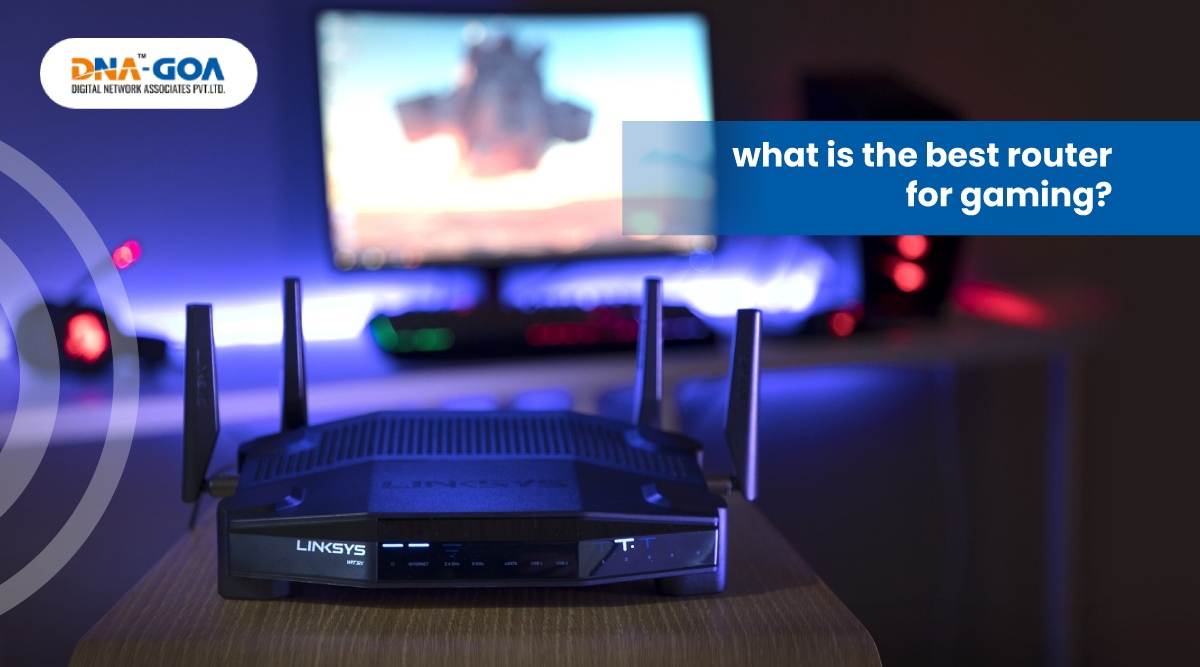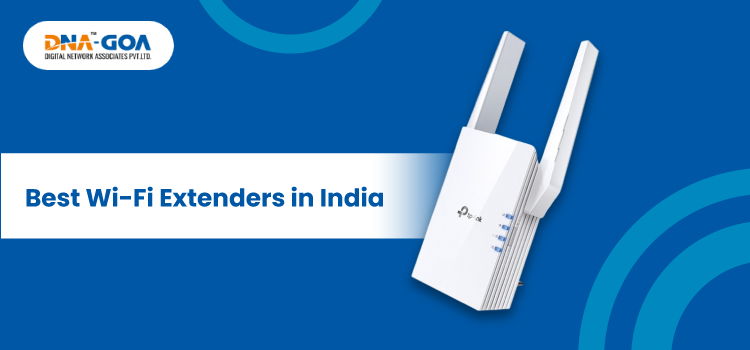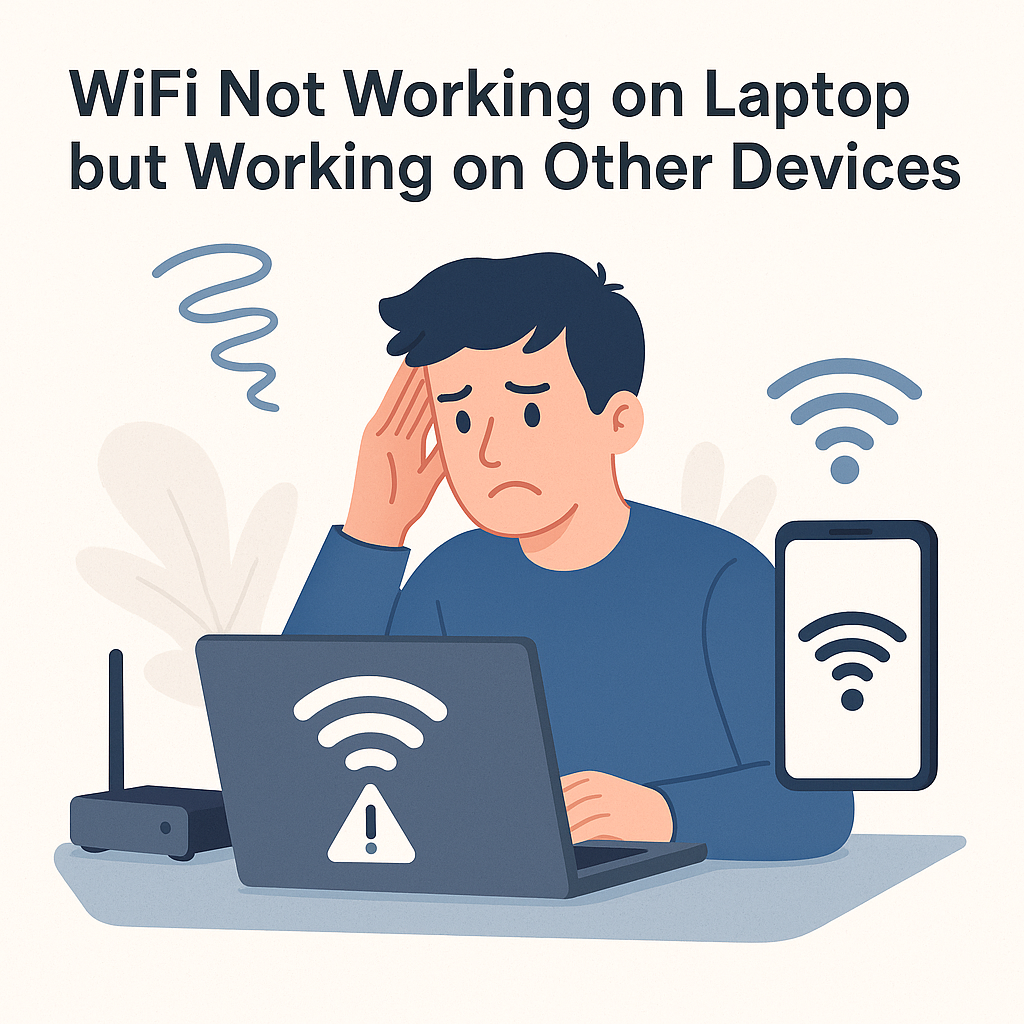How WiFi Calling Works and Its Benefits for Everyday Use?

In the past, many people relied on tools like Skype for virtual communication. But, with the omnipresence of Wi-Fi hotspots, it’s become easier than ever before to move ahead with Wi-Fi calling. Moreover, many telecom providers in India have included it under their services. But, do you know exactly what it is? Well, scroll through this article to know more about how it works.
What is WiFi Calling?
Wi-Fi calling is nothing but a feature that enables you to make and receive phone calls. This means that you enjoy Wi-Fi and phone calls. This is especially useful in regions which experience weak cellular signals within the building. Such type of calling also is helpful when Wi-Fi is available but the coverage is poor. You can also expect better call quality and reliability when the mobile network service is limited. Moreover, you can use this feature when the Wi-Fi connection is available but the coverage is poor.
How Does WiFi Calling Work?
A process is usually followed when someone is connecting with an individual through the Wi-Fi connection.
>> Whenever you enjoy Wi-Fi and phone calls, the data packets will move across the internet through the network. In that case, the network is nothing but the Wi-Fi network to which the device is connected.
>> Afterwards, the carrier’s network infrastructure plays a role. These comprise special servers which are capable of handling VoIP traffic.
>> A bit later, the data packets are converted into audio and sent to the recipient’s end. This helps in listening to your voice just as if it was on a usual call.
>> In some cases, if you are not within the Wi-Fi range, then the mobile phone will switch back to the cellular network. At those instances, the call will not get dropped off. However, this can vary depending on the mobile device and the carrier.
How to Call via WiFi?
We hope by now that you have understood how Wi-Fi calling works. Beyond this, It’s pretty easy to make Wi-Fi calls. But, the steps may vary depending on the carrier and the device. Let’s check out how you can proceed with it.
1. Ensure Compatibility
First and foremost, you need to check whether the mobile phone has the Wi-Fi calling feature. While the most popular smartphones offer this feature, it’s always a good idea to confirm.
2. Enable the feature
Now, you have to unlock the mobile phone and go to the ‘Settings’ menu. Under this section, you have to check for the ‘Wi-Fi Calling’ feature. If this option is not present under the section, then check for ‘Voice over Wi-Fi’’ option. Later ,you have to proceed by following certain instructions that appear on the touchscreen.
3. Establish the connection
Soon after following the instructions, you have to confirm whether the device is connected to a secure W-Fi network. This can either be within your residence or workplace. Besides, the connection may also be established with a Wi-Fi hotspot in the vicinity.
Eventually, with the Wi-Fi enabled on the device, you can either converse with someone or receive voice calls. This is quite similar to dialing a number and connecting with someone. But, for a seamless connection, you will observe that the device will switch between the networks as and when it’s required.
Benefits of WiFi Calling
There are many benefits of Wi-Fi calling. It is helpful when the cellular signal is unreliable. So, let’s check the pros ahead.
- Enhanced Call Quality
If people are experiencing poor cellular signal, then reliable calls can be made through a Wi-Fi connection. You are sure to expect better bandwidth compared to a weak network.
- Better Coverage
Wi-Fi calling is useful in buildings that have thick walls. You can also connect with your companions from remote locations. It can also be thought of when a cellular network may not be within your reach.
- Saves Costs
If you have to make international calls time and again, then Wi-Fi calling is affordable. But, this feature can only be used if there’s a Wi-Fi network in the background. Some carriers can also offer free Wi-Fi calling or at a reasonable rate.
- Reduces the instances for dropped calls
If you experience fluctuations in the cellular signal, then the mobile device switches to Wi-Fi calling. You can thus expect better stability once you get connected.
- No need for any apps
If you use WhatsApp or Skype, then the individual on the other end should also have the app installed. But, as Wi-Fi calls are routed through the network, there’s no need to install software.
Differences Between WiFi and Cellular Calling
Now, let’s check how Wi-Fi calling differs from Cellular Calling.
| Feature | Wi-Fi Calling | Cellular Calling |
| Network Used | Uses Wi-Fi networks to route calls |
Uses cellular networks like 3G, 4G or 5G for calls.
|
| Coverage |
Works well in areas that have Wi-Fi but poor cellular signal .
|
Coverage depends on the range of the cellular network and signal strength.
|
| Call Quality | Can offer better call quality provided that the area has a strong Wi-Fi connection. |
Call quality can vary depending on cellular signal strength. Network congestion can also affect call quality.
|
| Cost | Costs can be low, especially for international calls. |
Standard charges apply, but they can be more for roaming or international calls
|
| Call Roaming | May work internationally over Wi-Fi, often with lower rates |
Roaming charges are applicable especially for international calls
|
| Battery Usage | Generally uses less battery when connected to Wi-Fi |
May use more battery power in areas with weak cellular signal because the device may find it tough to maintain the connection.
|
| Device Compatibility | Requires devices that support Wi-Fi calling. |
Supported by almost all mobile phones.
|
| Internet Dependency | Needs an active and strong Wi-Fi connection. |
The connection relies on the cellular tower only.
|
Is WiFi Calling Right for You?
Wi-Fi calling can be a suitable option only when the cellular coverage is below your expectations. You can connect with ease when Wi-Fi is present in remote locations or basements. But, if you are trying to connect with someone from a cafe or a hotel, then it can be unreliable. This is because many individuals at the public space are sharing the connection’s bandwidth. On the other hand, it is may not be ideal when the mobile device doesn’t support it. Hence, before you think about calling through Wi-Fi, check for device compatibility.
Conclusion
Finally, after understanding how Wi-Fi calling works, you must have realized its usefulness. You can also rely on such a type of calling without any extensive setup. In case you’re in deep trouble during an emergency, then it can help to stay connected. While you’re on a tour, you can also consider calling through Wi-Fi by avoiding the roaming charges.
If you’re seeking broadband internet service in Mapusa, then connect with DNA Goa today. While we assure you with a stable internet connection, we are committed towards offering quality service. Once you quickly go through the internet plans, you will find them to be affordable and suitable for your needs.
FAQ’s
Is Wi-Fi calling really free?
Yes, It is generally free, but standard call rates may apply if calling international or premium numbers.
What are the disadvantages of Wi-Fi calling?
It may suffer from poor call quality on weak networks, increased battery usage, and incompatibility with some carriers or devices.
How do I turn off Wi-Fi calling?
Go to your phone’s settings, find “Wi-Fi Calling,” and toggle it off. The exact steps may vary by device and carrier.
 0832-6747575
0832-6747575









